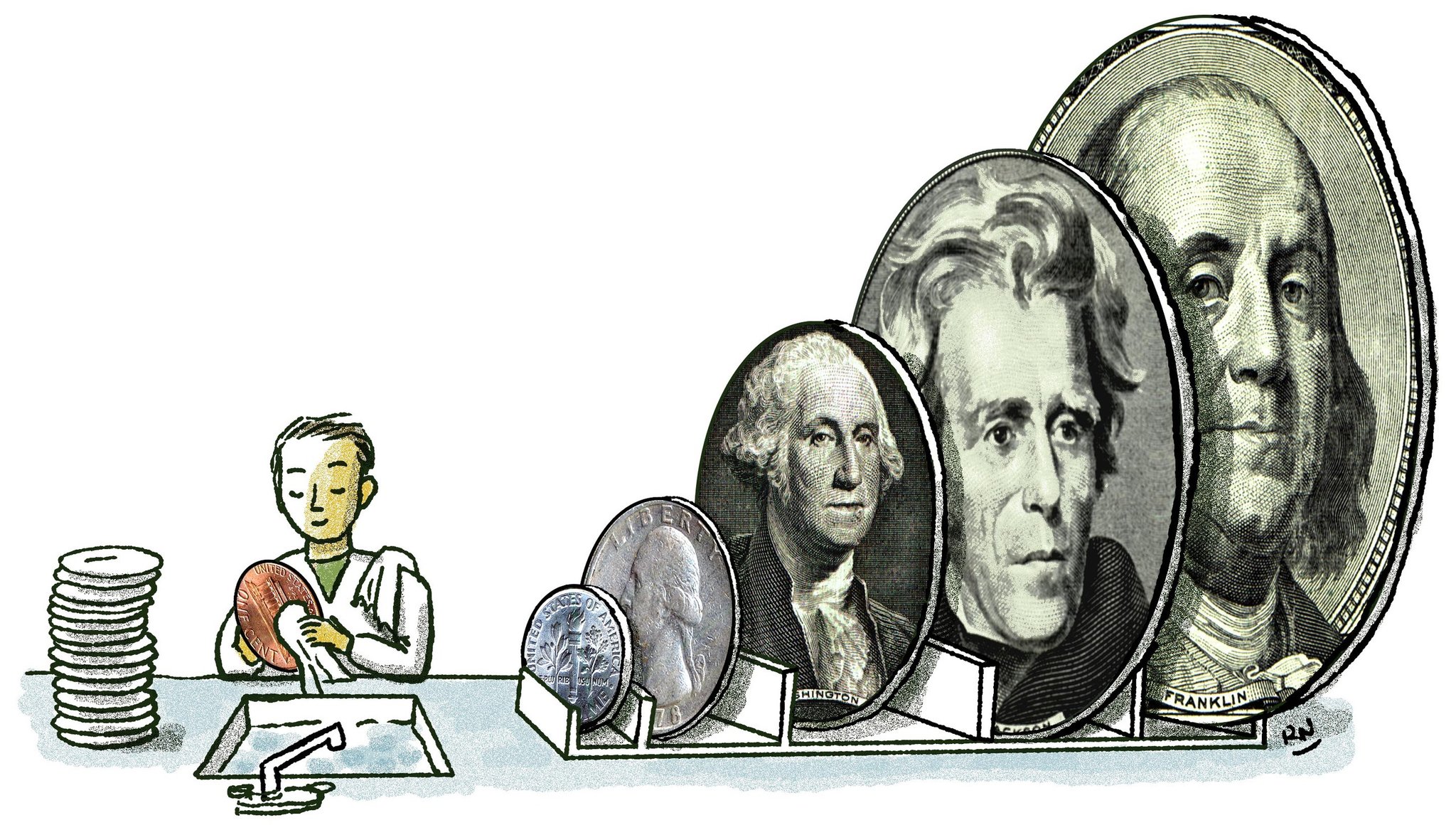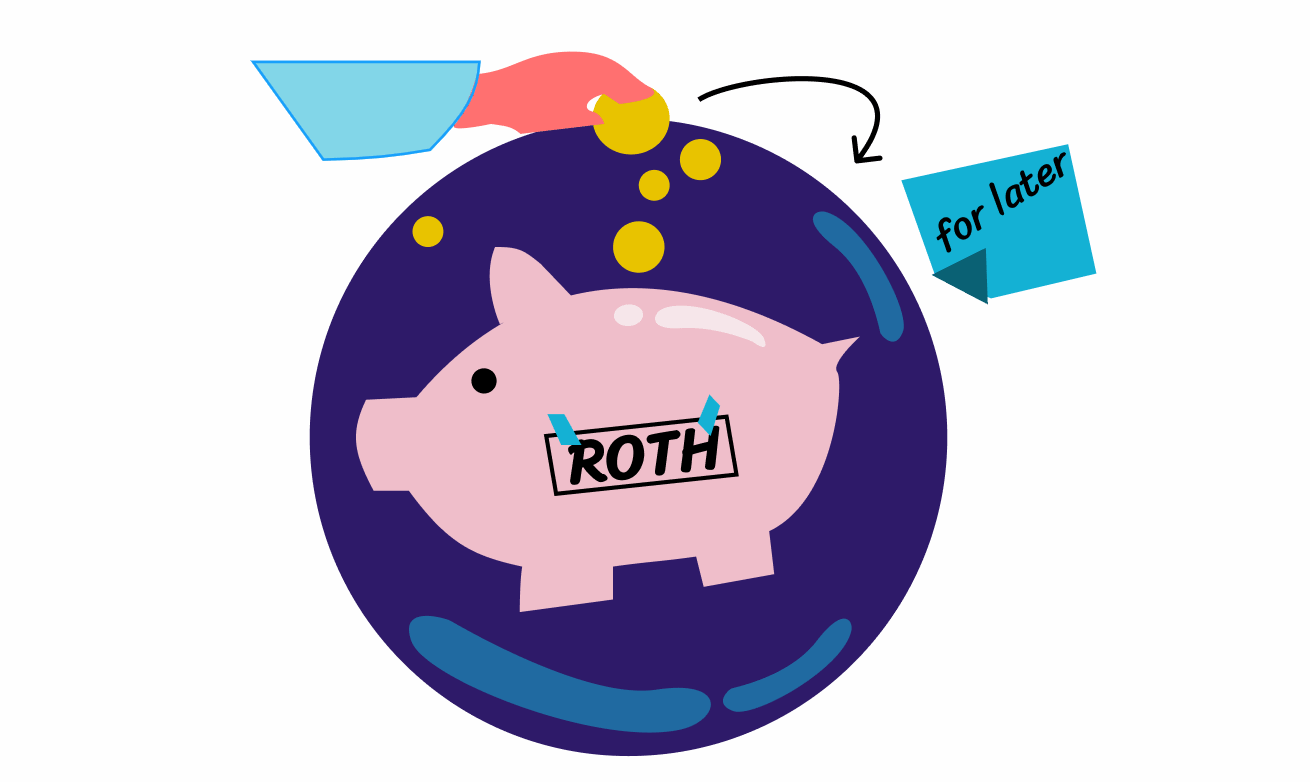For some young adults, retirement is so far away that it may seem absurd to invest a portion of their earnings in an account that they won’t be able to access for decades.
“They want to invest but can’t see themselves not being able to touch it until they’re 5912,” Winnie Sun, co-founder and managing director of Sun Group Wealth Partners in Irvine, California, said. That is typically the age at which you can begin withdrawing funds from various retirement accounts without incurring a 10% early withdrawal tax penalty.
A Roth account, on the other hand, is a little different. Because contributions are made after-tax, rather than pre-tax as in traditional individual retirement accounts or 401(k) plans, you can access the money you contributed at any time, regardless of your age. Any account gains, however, may be subject to taxes and penalties if withdrawn before the age of 5912, unless an exception applies.
Sun, a member of CNBC’s Financial Advisor Council, considers a Roth IRA to be a dual-purpose account because it allows the investor to also have an emergency fund.
“They can use the Roth IRA to save for retirement, but they can also take the money out in an emergency,” she explained.

A Roth individual retirement account could help give some young people peace of mind due to the ability to withdraw their contributions at any time.(Photo: Robert Neubecker
)
“Because a Roth gives you liquidity on your contribution amount, becomes a non-issue,” Sun explained. “And I’d say that 99% of my clients have never had to withdraw from their Roth IRA… They are very proud to have it.”
You can contribute up to $6,500 to your Roth IRA this year if your income qualifies. Anyone over the age of 50 is eligible for an additional $1,000 “catchup” contribution.
The income cap for making the full contribution allowed in 2023 is $138,000 for single taxpayers and $218,000 for couples filing joint tax returns, based on your modified adjusted gross income. Above those thresholds, the contribution amount is reduced, and it completely phases out at income levels of $153,000 and $228,000, respectively.
And, once you reach the age of 5912, you can withdraw as much as you want from the account, including any accumulated gains, tax-free and penalty-free, as long as you’ve had it for at least five years.
It’s also worth noting that Roth IRAs do not have required minimum distributions, or RMDs, which are withdrawals from qualified retirement accounts that must be made at the age of 73. Furthermore, if you die with a Roth IRA, your beneficiary is entitled to continue making tax-free withdrawals, though they may only have 10 years to deplete the account.




















